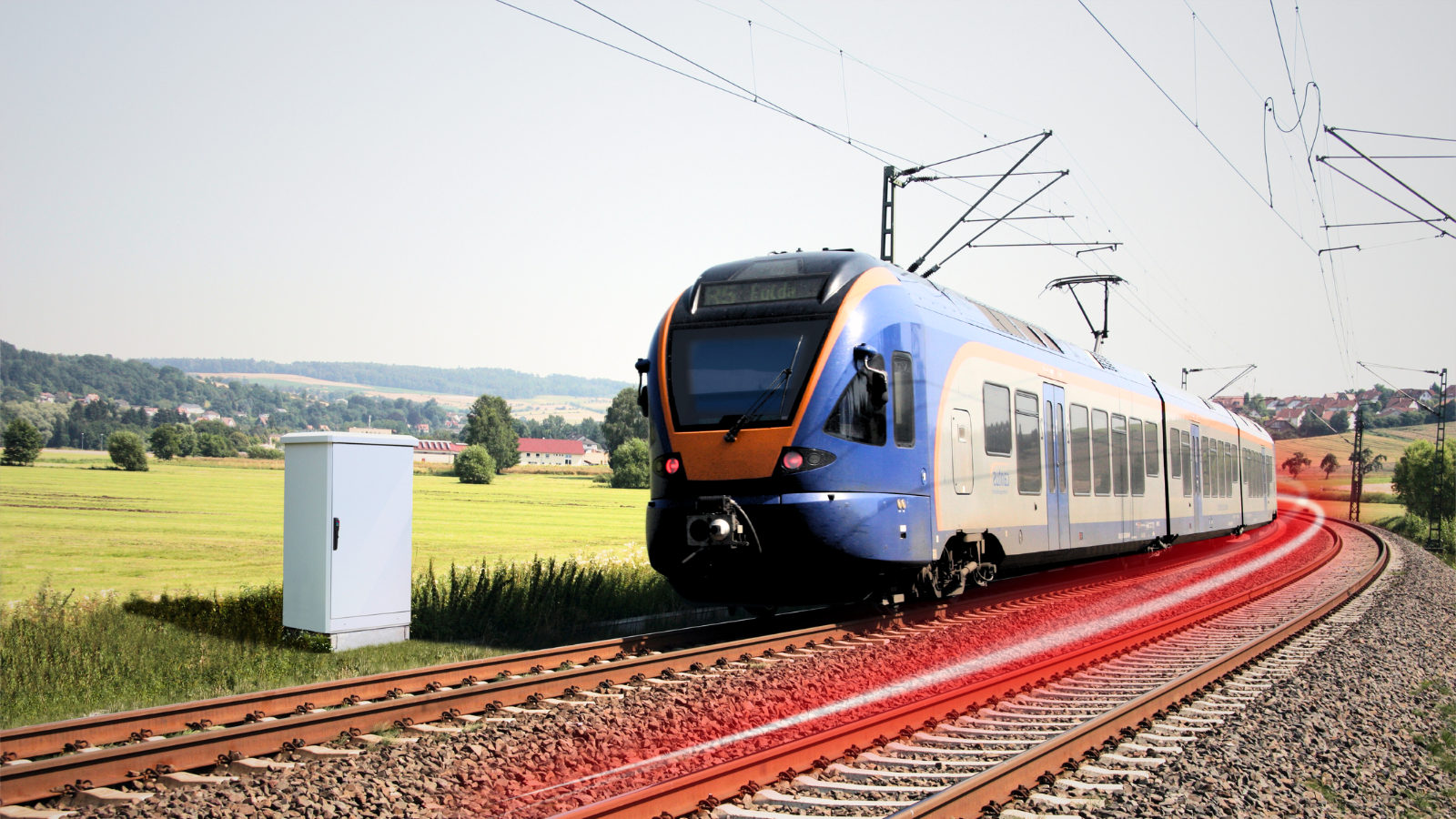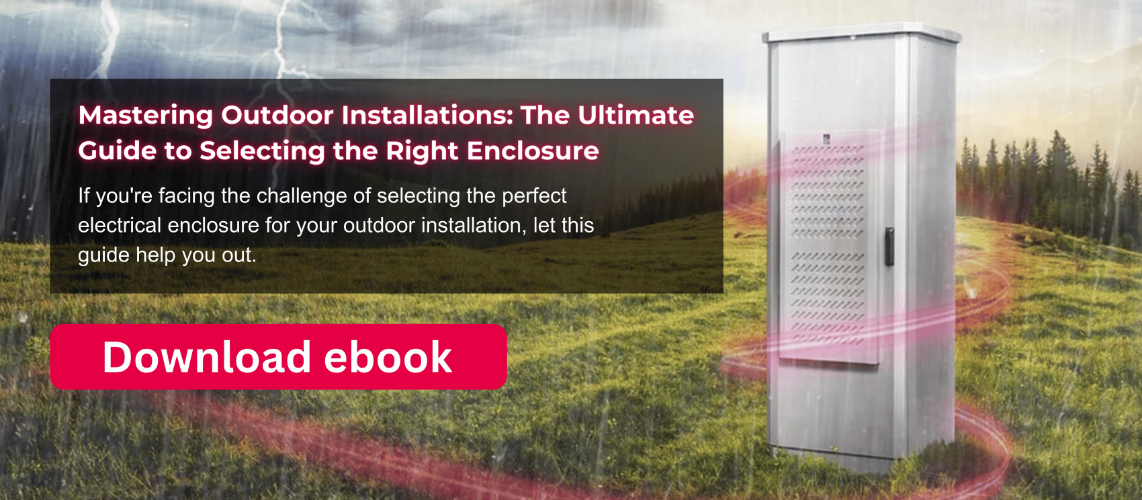
Single v Double-Skinned Outdoor Enclosures at a Glance
Protecting your equipment is, of course, a no-brainer. Outdoor technology is at particular risk; dust, moisture, vandalism, the environment, shocks or vibrations, as well as other factors, which can have a hugely detrimental impact if the equipment is not sufficiently protected.
This protection will be provided by an enclosure, but the right enclosure must be selected to suit both your application and its location.
It’s important to have a clear grasp on the different aspects that you’ll need to consider in order to choose the right enclosure. How robust will it need to be (will it experience frequent vibrations from passing trains for example?); will vandals be able to access it; does it need to be ergonomically designed; or have electromagnetic capability...?
One such consideration you’ll need to make is whether to choose a single or double-skinned enclosure.
Single or Double-Skinned Metal Enclosure?
Outdoor metal enclosures can be either single-skinned or double-skinned. Both options have their uses depending on your requirements.
As you might expect, single-skinned enclosures have a simpler construction (typically just a single sheet of folded steel) and so are usually cheaper to buy.
You might choose a single-skinned enclosure if:
- You’re looking for a simple internal configuration with fixings such as mounting plates and 19” angles
- The enclosure will be sited on private land away from public access (including rights of way)
- It contains equipment that is not hugely temperature-sensitive - climate control equipment can be added, if required
But, on the downside, single-skinned enclosures:
- Do not have the ability to regulate UV solar gain as well as double-skinned enclosures
- Nor are they as robust, meaning that they are less able to protect the internal equipment from damage or unlawful access (including theft of the equipment)
Double-skinned enclosures may be better suited to housing your electrical equipment if:
- The equipment needs to be kept at an optimum temperature
- The systems are sited in a public space and the nature of the systems that the enclosure houses is such that higher security levels are required
- There is a need for quick and easy repairs/maintenance
So, why are these issues important?
Temperature Regulation
Dissipating heat effectively can be a real concern outdoors. After all, if the enclosure is sealed tightly enough to keep dirt and moisture out, how can it also expel or otherwise remove the excess heat that will build up inside? This is made worse if an enclosure is sat in the sun!
To keep equipment at it’s optimum temperature, passive or active cooling solutions can be added to outdoor enclosures. But limiting some of the heat absorption from the sun before it reaches the equipment means you could use a less active cooling method.
This is where double-skinned enclosures pose a great benefit. When the solar energy hits the outside skin, the heat that passes through enters the insulating layer between the two walls, and this void helps funnel it up and out through a vented roof (like a chimney).
Higher Security & Resistance Class
Some double-skinned enclosures carry what is called a Resistance Class (RC) rating, which is the enclosure’s ability to withstand forces that could damage (or enable someone to remove) the equipment inside.
Our engineers test our double-skinned outdoor enclosures to understand the amount of time needed to breach them. Their resistance levels are such that they have been awarded RC 2 ratings. You may choose an enclosure with this higher Resistance Class if it’s in an area with a significant risk of vandalism and theft.
Quick & Easy Repair/Maintenance
A double-skin design means the enclosure will have an internal frame with the skins securely (and discretely) fixed onto it as panels. This type of construction means that if a panel does get damaged, new skin(s) can be ordered, delivered to site, and the replacement parts fitted in-situ.
This can’t happen with a single-skinned enclosure, the entire unit has to be removed from site so that its equipment can be removed and transferred into a new enclosure and then reinstalled.




